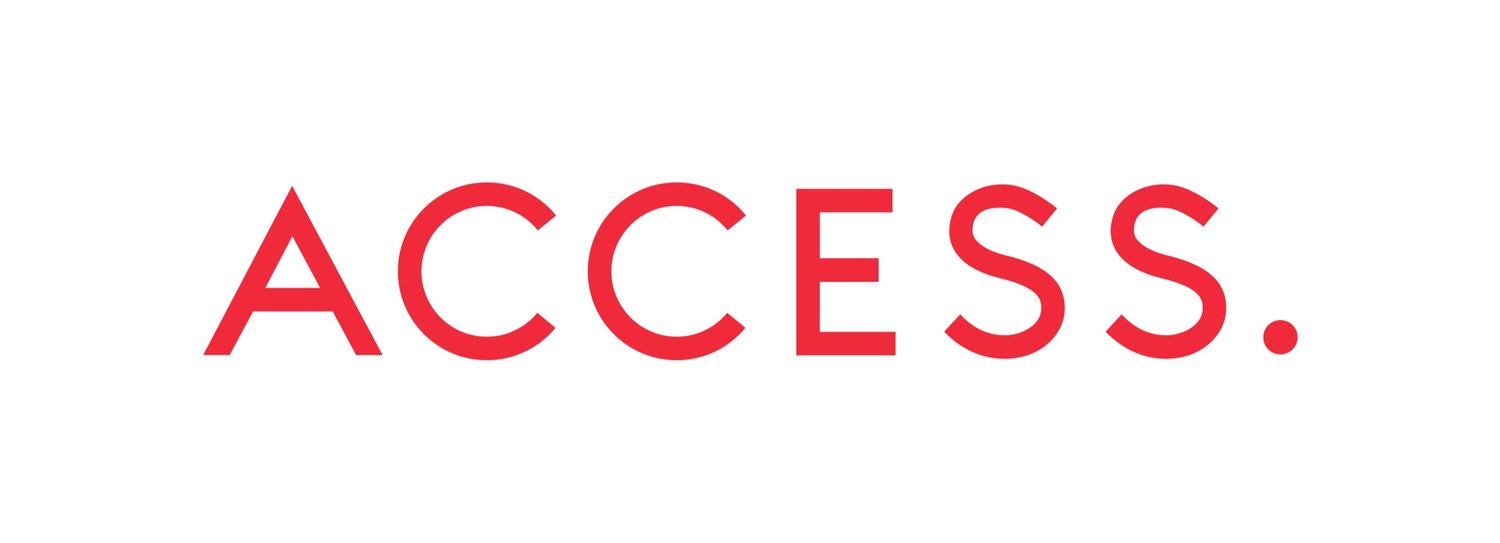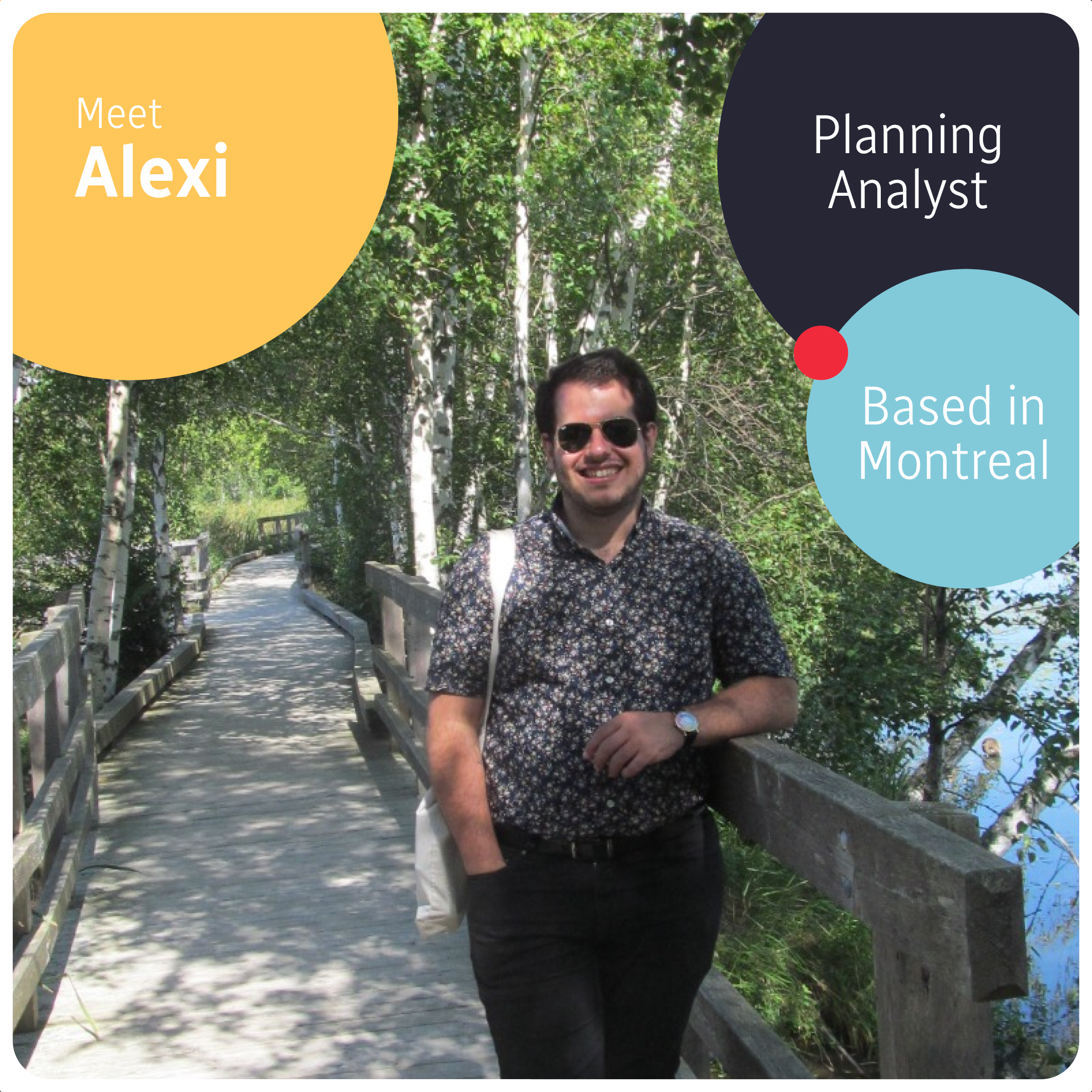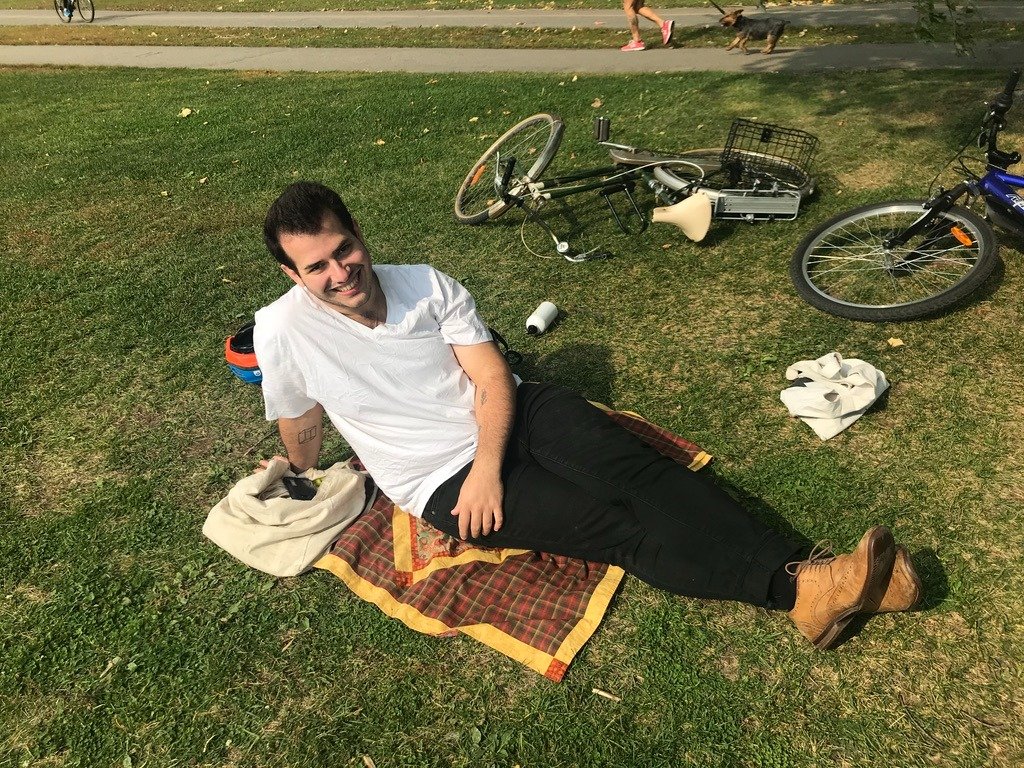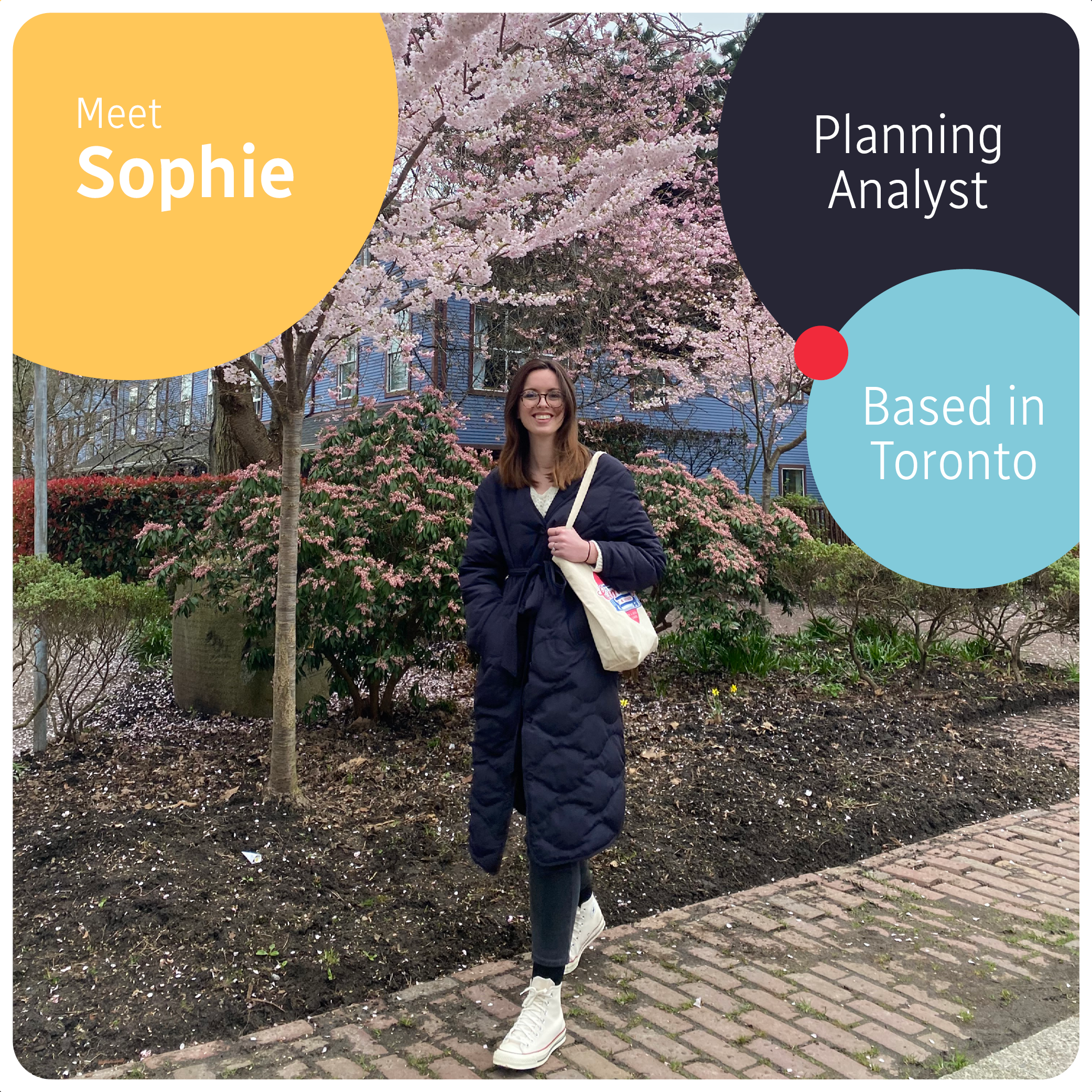“The key to developing a functioning facility involved understanding the complex ways that people use the space around them. I learned that often the hard part of problem solving is asking the right question – once you have that, the answer is usually easy. ”
Why Transportation Planning?
Transportation infrastructure is often thought of as the blood of a city, but I think of it more as its bones. It is the fundamental force that shapes a city and how we experience it. A huge amount of our experience of being in public is tied to our need to travel.
My Professional Trajectory
I first became interested in transportation as a civil engineering undergraduate. In my first intro to transportation course I learned about the paradoxes involved in trying to plan a system that is defined by human behaviour. This was different from other areas of civil engineering, where soil, water, and steel tend to behave in relatively predictable ways.
After graduation, I eventually had the pleasure of working for a small strategic and facilities planning firm, Cornerstone Planning Group. There, I helped plan facilities such as hospitals, schools, public works facilities, recreational facilities, courthouses, and one paleontology research station. While not transportation, it was also very human-focused. The key to developing a functioning facility involved understanding the complex ways that people use the space around them. I learned that often the hard part of problem solving is asking the right question – once you have that, the answer is usually easy.
As much as I loved that work, I was still fascinated by transportation, so I left to do my Masters at University College London in England.
Afterwards, I spent four years at TransLink, working on the Surrey LRT and RapidBus projects. There, I was able to apply the human-centered, question-first approach I learned at Cornerstone to transit projects. I found that the technical problems were often secondary to the planning and small-p political problems in getting a project done.
Both projects, and particularly the RapidBus, required close work with municipal partners. In that context building trust, working collaboratively, and developing mutual understanding were key to project success.
I moved to Access Planning to get wider exposure to transportation in different cities. It’s been fascinating to see that something taken for granted in one city can be mind-blowingly new in a different one. Every place that I’ve worked in has something to teach the world about transportation. I’ve enjoyed bringing the considerable lessons TransLink has to offer the world to other places, and bring lessons from elsewhere home to TransLink.
How I Move Around
I’ve been cycling in Vancouver as my main mode of transportation since my undergrad days, and it has been a pleasure to see the growth of its cycling facilities (though not fast enough!). For longer trips, I take transit. The signature sound of the Skytrain accelerating is a comforting sign that I am home.
I recently got an ebike to help me move my large instruments to gigs and rehearsals. Its great to be able to play a tuba or a massive drum without needing to own a car to haul them around.
When I must drive, I use car sharing. I have been a member of every car sharing service that’s ever existed in Vancouver. I have the fortune to live in the epicenter of car sharing in the car sharing capital of North America.
What I Do When I’m Not Planning
My two favourite things to do outside of planning are music and surfing.
On the music side, I mostly play in brass bands. My current group is Balkan Shmalkan, where I play the davul, a bass drum common to the Balkans. I also play the sousaphone, piccolo, guitar, mandolin, a variety of drums, and make electronic music. My favourite thing about playing music is doing it with other people! I love brass band music because you have a large team pulling together to make something wonderful.
Most of my surf time is spent in Tofino with my partner. Learning to surf in BC has meant embracing a wide array of conditions. I have surfed in snow, sleet, and freezing rain.




























